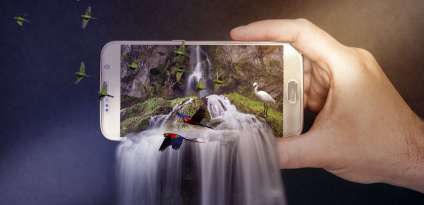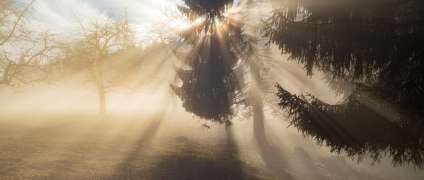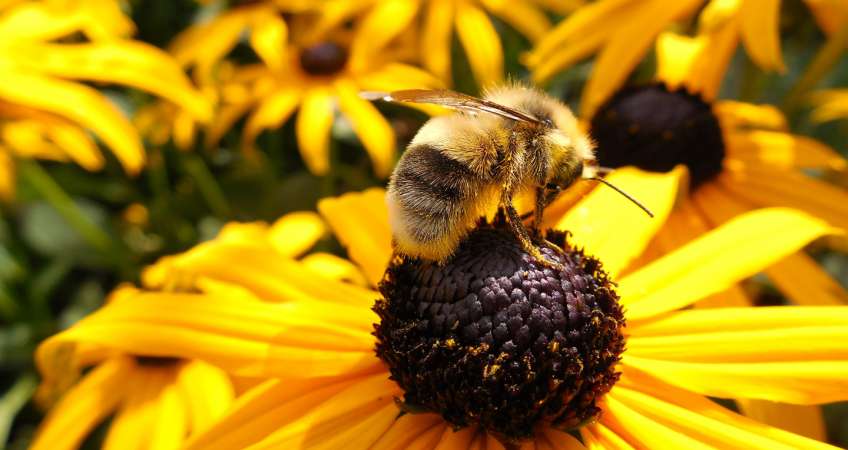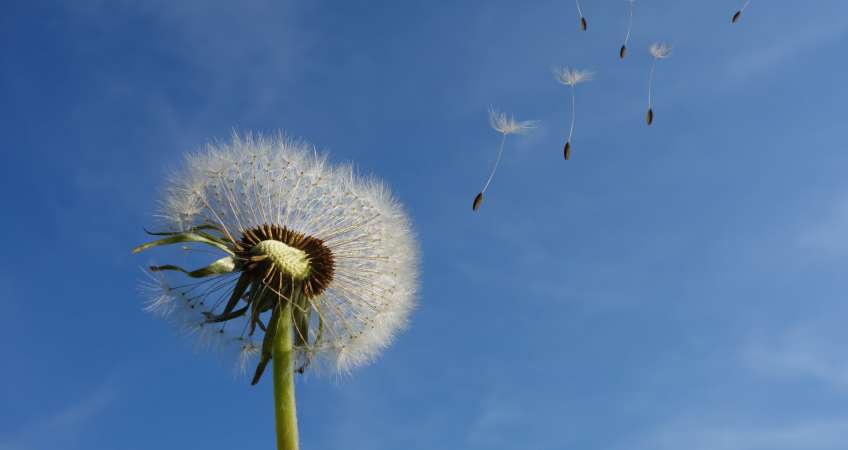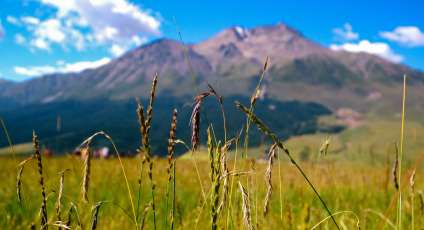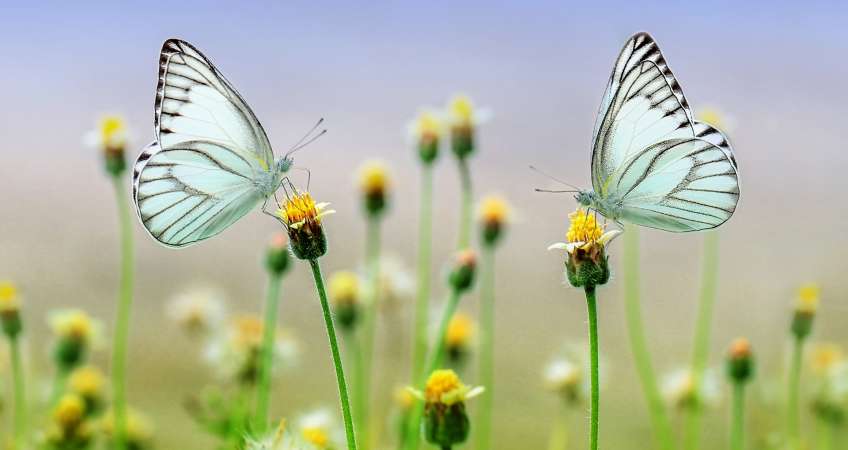How to beautifully photograph nature
Published: 28.07.2020
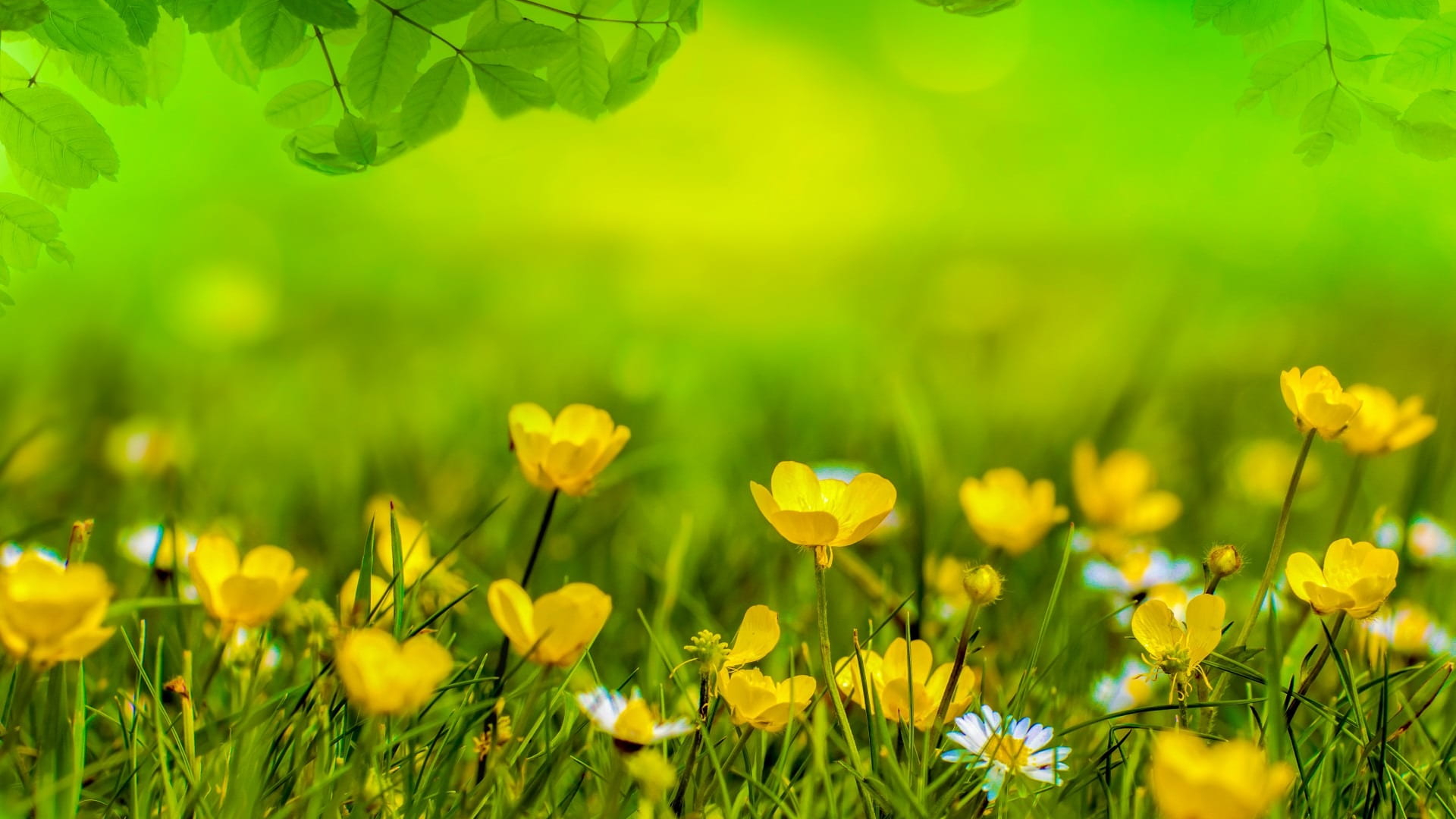
For all those who can say, "I love photographing nature," we want to share tips on how to beautifully and correctly photograph nature.
Thanks to its constant transformation, nature provides unique images. One of the most valuable gifts that people enjoy is the picturesque paintings of nature.
Photographing nature is incredibly beneficial. And it's not necessary to live outside the city to take stunning photos of wildlife. Nature is all around us. And summer offers an amazing opportunity to explore the suburbs, travel around the city, or simply take a walk in the park. Everywhere you will find amazing natural objects to photograph. We want to share inspiring tips on how to correctly and beautifully photograph nature on your phone.
A smartphone is an excellent camera for shooting nature. There is no need to carry heavy equipment with you. The compact mobile device allows you to get close to a living object or shoot it from low angles.
With a smartphone, you won't miss the opportunity to take photos of animals and insects that you see every day.
Our tips will help you take beautiful photos of nature: a butterfly on a flower or raindrops on a spider web. And to share your own vision of the natural world with viewers.
Nature - nearby
You don't have to live in the most beautiful place to find amazing natural objects to photograph. Step outside and explore your backyard, neighborhood, or street. A city park can become a constant source of inspiration for photography.
Be observant. Don't just look around at eye level. The most interesting objects are often found on the ground. Try to search for them. The sky is also a great background for birds flying overhead, tall plants, or trees.
Capture different seasons
It's amazing how the same landscape manifests in each season. From the weather and changing light to the types of plants and animals you'll find, each season has its own unique scenes. In spring, the camera can capture the abundance of new life. In summer, the explosion of colors. In autumn, the surprisingly warm light. And in winter, bare branches covered in frost.
When shooting the same scene or object throughout the year, the photography will improve, as you will start to focus on different elements of the same object.
Create a Light album from cool photos. You don't need to print the photos separately. We will print your photos directly on the pages of the Light album. Upload images to the free editor Mapi7 and create a themed Light album. You can upload photos from your phone.
Find your light
Learning to photograph nature is easier than shooting.PortraitsNature photos are taken outdoors in natural lighting. The most important thing is to choose good light.
Usually, it is best to take photos early in the morning or in the evening before sunset. During the golden hours, the light becomes warmer and softer, allowing for great shots to be taken.
During the daytime, overcast skies are better than strong sunlight. Bright light can cause problems with proper exposure and create harsh shadows on the subject.
If you are shooting in bright sunlight, look for shaded areas to get out of direct light.
Favorite photos are a reason to create photo magnets. Round magnets, square magnets, magnets with shaped edges, or magnetic puzzles are the perfect souvenir. They don't need a shelf or album. Refrigerators, computer cases, cars, and other surfaces that are always visible are the perfect place for magnetic photos.
You can bring nature macro photography home. For example, it's easier to photograph a feather or a fallen leaf where you can control the lighting. Take the object home, place it on a windowsill or balcony, and capture the natural light. This way, you will not only light the object correctly, but also be able to create interesting shadows.
You can show incredible details of nature up close even without special macro lenses. Get closer to the subject and focus on the areas of the scene you want to be sharp. This is important because when shooting up close, the depth of field is very shallow and only a small part of the image can be in focus.
If the camera is not focusing, you are too close to the object. Step back a few centimeters and try again.
When shooting in close-up, it is important for the camera to be stable when the shutter is released. Even a slight movement will result in a blurry photo. Keep your elbows close to your body to stabilize the device and prevent camera shake.
Macro photography of nature will take time. At first, it will be difficult to adjust the focus, but with practice and a large number of photos, the results will be amazing. Close-up photos look great on.magnetsorcanvasI'm sorry, but the text you provided seems to be a placeholder for a code or a variable in a specific context. It does not have a clear meaning on its own. Can you provide more context or clarify the text so that I can help translate it into English?
Think about the composition
Apply the rule of thirds when the object is offset from the center. This creates a natural and balanced composition that is pleasing to the eye.
Using objects in nature to frame a scene is a sure way to draw attention to the main subject. Tree branches in the foreground create additional frames that can be positioned along the top of the image or around the perimeter of the frame.
Try using negative space to highlight the main subject. An empty background isolates the object and creates a strong focus on the image.
In our example, the delphinium against the sky creates an interesting composition with the focus on the flower. In this shot, besides the empty space, a technique of shooting from a different angle is used.
Shooting from a very low angle is the right way to show the subject from a perspective that you don't usually see. For example, we usually look down on flowers. Shooting from below reveals details that are impossible to see from a height.
The sky, like a background
One of the problems when shooting small objects on the ground is that the backgrounds are often cluttered and dark. This makes it difficult to highlight the main object in the image.
The blue sky with white fluffy clouds is the perfect background for any subject. Sunrise and sunset create amazing colorful skies - the ideal backdrop for nature photography.
Create depth
The landscape often looks flat. The viewer does not feel depth or distance. A great way to create a sense of depth is to include natural objects in the foreground. This allows the viewer to focus on the foreground before their gaze moves to the scene in the distance.
For shooting moving objects, use the burst mode. Multiple image options will allow you to choose a focused frame.
Shooting from a low angle brings the object to the forefront and creates a sense of depth.
Stones, trees, insects, or plants - cool objects for the foreground.
In addition to creating depth, they make images interesting and provide focus, especially when photographing distant mountains or other landscape objects.
Our tips will help you learn how to photograph nature. Applying photography rules while shooting the surrounding world will result in photos worth showing to your family and friends. Upload the images to...Editor Mapi7and create a thematic album Light.
Patience and patience again
Be prepared to wait or go where there is an interesting subject. If you are waiting for an animal to appear, stay calm so as not to scare it away. Look for the right lighting. For example, wait for the sun to rise or set and take a picture when the lighting will showcase the subject favorably.
Mother Nature's majestic and simple mission is to constantly offer extraordinary views and remind us that beauty is a universal treasure.

